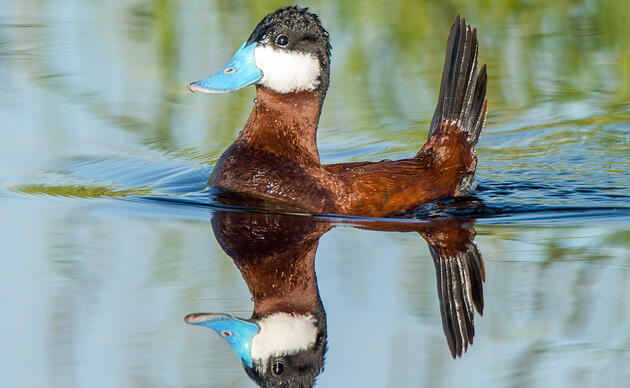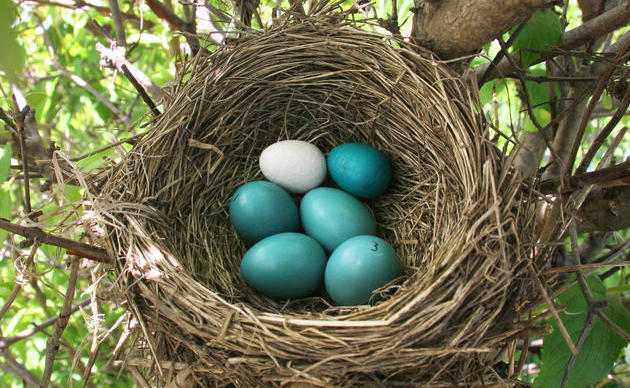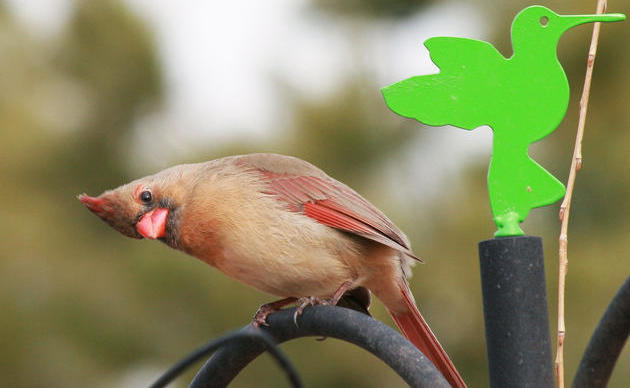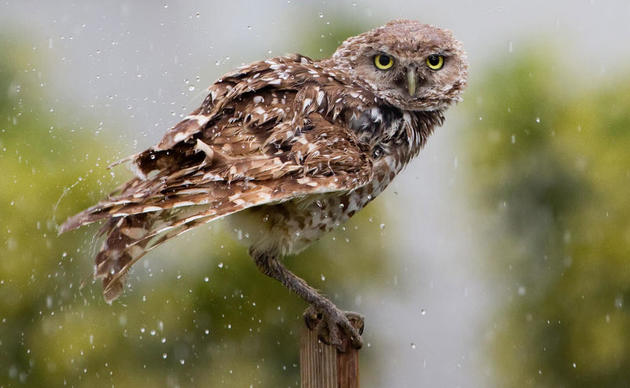Spring has arrived, and with it comes the return of millions of migratory birds to the Mid-Atlantic region. Over the next several weeks, these birds will journey back to their seasonal homes as part of the annual spring migration. However, this awe-inspiring natural phenomenon comes with challenges - especially in urban areas, where human-made infrastructure poses serious threats.
Each migration season, tens of millions of birds fly over the Mid-Atlantic. Tragically, many are killed when they become disoriented by artificial lights at night or collide with glass surfaces they can't see. Reflective or transparent building materials can confuse birds, causing them to mistake glass surfaces for real habitats, especially when combined with trees or indoor greenery. Many migratory birds also travel at night and are especially vulnerable to artificial lighting. Bright lights from buildings can disorient them, pulling them off course and away from their natural migratory paths.
To help reduce these risks, volunteer-led initiatives like Lights Out Philly, Lights Out Baltimore, and Lights Out DC urge property owners and businesses to turn off or shield both exterior and interior lights during peak migration season, from April 1st through May 31st.
The impact of these efforts is substantial. In Philadelphia alone, up to 1,000 bird-building collisions can occur each year within just a four-square-block area. But simple changes such turning off lights from midnight to 6:00 a.m. during the spring migration can significantly reduce bird fatalities. In a study done on one monitored building where artificial light has been reduced the most (Atrium building in the courtyard of the BNY Mellon Center, 1735 Market St.), collisions have declined by 70% since 2020. These measures don’t just save birds - they also lower energy costs and help reduce the emission of atmospheric pollutants, providing both environmental and economic benefits.
Want to learn more? Check out this U.S. Fish and Wildlife Service case study featuring Audubon Mid-Atlantic’s Keith Russell, which highlights the power of turning off artificial lights to prevent deadly collisions and to protect migratory birds.
Audubon’s Delaware River Watershed Program Director Tapped to Shape Regional Watershed Plans and Climate Resiliency
With appointments to two regional commissions, Audubon aims to influence conservation and policy to protect the birds and people of the watershed.





